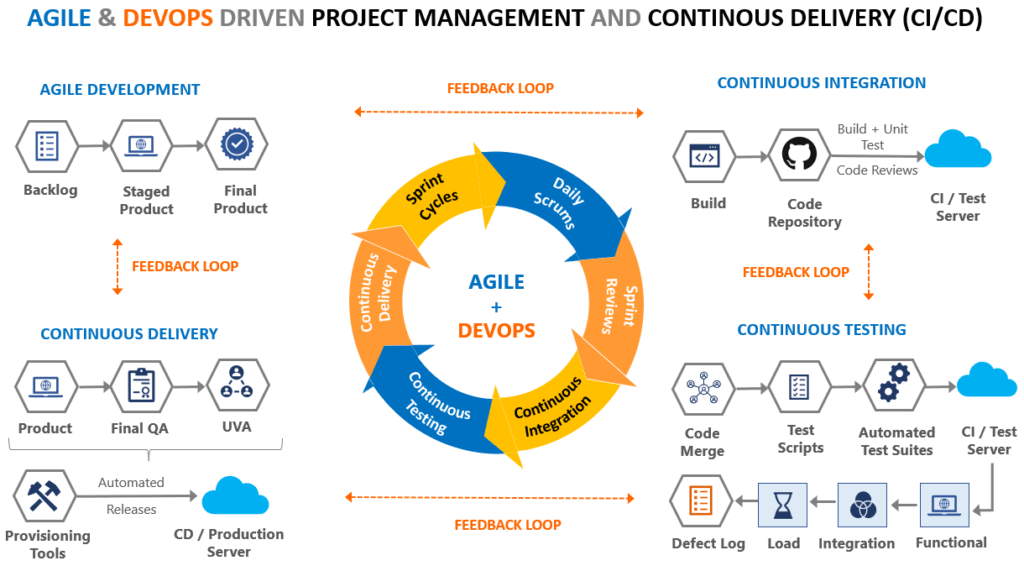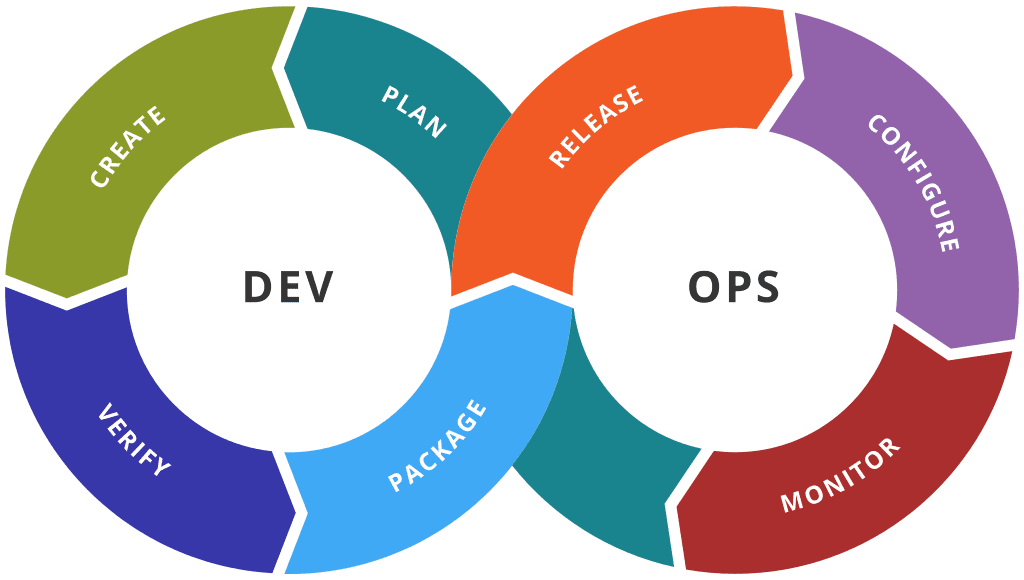Vertex Computer Systems team members who work at customer locations find themselves walking a tightrope between balancing external client expectations and internal team functions and responsibilities. It’s their job to build a bridge of understanding between client expectations and project deliverables. The success or failure of those efforts often determines whether Vertex is seen as a strategic partner. If they’re successful, the client receives a quality solution, and the client also begins to see Vertex as a trusted technology ally who understands their business.
When these project or implementation managers communicate client needs to the technical teams at Vertex, they are acting as the voice of the customer. When they are with customers, they represent the whole Vertex team. This is no easy task. Developing solid, trusting relationships with customers takes time, patience, and stellar communication.
Yet, situations arise when expectations lack clarity. One reason is that clients don’t always know their needs, says Mani Pattathil, a Vertex Project Manager based in northwest Arkansas. “It’s challenging because they begin with an unclear vision and then their needs keep evolving. Communicating and documenting those changes is not easy. Any software solution should provide value to the business, help generate revenue, and make life easier. Customers know they want a result, but they may not realize what it takes to get them there.” This issue isn’t unique to Vertex, he adds. “It’s an industry problem.”
If the customer is unable to articulate their needs, the Project Manager will have difficulty sharing the objectives of a project with the technical team, who may translate those uncertainties into something else completely. “I asked for an elephant and you gave me a cow,” says Pattathil with a laugh. “That’s how it can feel. Everyone needs to be communicating throughout the entire process to help keep expectations aligned.”
Communication Strategies
Communication challenges may be universal, but fortunately, there are ways to improve. Here are some suggestions from Vertex team members.
- Understand the business challenge the solution aims to correct
- Build customer confidence with full-team meetings and detailed documentation
- Understand that as projects evolve, needs may change
- Empower team members at all levels to reach out to clients
- Be respectful and honest during all discussions
Understand the Business Challenge the Solution Aims to Correct.
If clients are unsure how to articulate their own needs, the Project Manager, the Business Analyst, and at times the entire IT team working on the solution must help them articulate the business challenge. Since some miscommunication is expected, there are things teams can do to abate minor issues before they become major concerns.
To help customers clarify goals, Thomas Anthony, a Senior Project Manager in Vertex’s Hyderabad office, says it is wise for teams to hold discovery phases where specific outcomes are considered.
We need to understand the current processes and the desired goal. These sessions help us create requirements documents.
Similarly, Solutions Architect Arnab Chaudhuri, who works from the Cincinnati office, adds it’s up to Vertex to ask questions to bridge the understanding gap. “We can standardize our requirements-gathering practice – especially on jobs for common-use cases. Then we can engage better with the customer and ask more relevant questions” he says. “We shouldn’t wait for all information to be funneled to us. We should proactively consult upon the best offerings and deliver robust solutions.” This kind of value-added effort increases Vertex’s visibility with clients and provides opportunities to cross and up-sell.
Prototyping and creating minimum viable product presentations allow Vertex teams to show an understanding of the client’s needs while outlining solution processes. “We use HTML markups, screenshots, and whatever is needed to showcase the solution,” says Surendra Bolla, a Project Manager in Hyderabad. “We need to help the customer envision the final product.” By showing viable solutions, we telegraph to our clients our understanding of their challenges.
Build Customer Confidence with Full-Team Meetings and Detailed Documentation
Once the technical team has a strong grasp of the project’s purpose, Vertex can begin demonstrating its business knowledge and technical skill. Accomplishing this requires frequent communications that reinforce the client’s good decision to do business with Vertex.
One way to help build customer confidence in Vertex is to arrange full-team meetings with clients. “It increases personal interaction and sets a good tone, so customers see the face behind the work,” says Manish Bharti, a Technical Project Manager in Vertex’s Hyderabad office who emphasizes collaboration among the entire development team, Project Manager, and the client.
“Opportunities for these types of group interactions are fewer when working with blended or offshore teams,” Bharti says, “but they’re not impossible. From the offshore perspective, I feel we can better present a unified face to the customer if we can arrange at least one early interaction.” This exposure also makes Vertex teams feel more invested in the outcome. “The team feels like they own the project.”
Client presentations are a prime opportunity to cement confidence, provided teams don’t overcommit to items or requirements on the spot that were never considered or included in the project scope, says Chaudhuri. “Everyone needs to be on the same page during presentations. If clients start asking questions, getting excited about possibilities, we don’t need to provide up-front answers. It’s OK to ask for time and then get back to them in a few days.” Conquering the job first is important.
We want to say ‘yes.’ We want to show off what we can do, but we need to do it with care.
Another way to build customer confidence is by supplying detailed documentation of the deliverables. Judy Romanchik is a Business Analyst based in Beachwood, OH. She straddles her time between the client’s office and the Vertex office. “When clients have stated they are looking for details, for example, of how we are going to migrate data, they expect to see details like our migration plan with the chronological tasks, the time needed to complete the task, our test plan on how we validated the data, along with our test results,” she says. “A PowerPoint overview isn’t enough to show how we are going to accomplish what needs to be done.” Additionally, she aims to hold internal team meetings at least weekly so she is prepared to answer questions the client may ask when she is on-site.
Supplying expected documentation also builds confidence, but this may be easier said than done at times. When customers expect deliverables, they don’t want delays. And customers expect dedicated resources to function as members of their own companies. “The client wants me to push hard against my own Vertex team to get things done,” notes Mike Due, a Project Manager based in Cincinnati assigned to a Fortune 500 Consumer Packaged Goods manufacturer. “If project deliverables are late, I’m in the middle. I am sure my offshore team might see me as demanding, as I’m wearing my ‘client hat’ in that case. But at the same time, being a member of the Vertex team, I have greater insight into resource availability or other issues that might be slowing things down and I need to find the right way of communicating this back to the customer.”
As Projects Evolve, Needs May Change
Deliverables aren’t the only ingredient in a successful customer relationship. So is excellent service that may need to push basic expectations. “Sometimes to build a good relationship, it makes sense to provide a small favor and go beyond basic expectations,” says Victor Novak, a Vertex Project Manager assigned to a client in Marlborough, Mass. “If it makes the customer happy, it’s better to do it and grow the relationship.”
Yet, when internal teams evaluate new directives with the project plan and notice work that exceeds the scope, it’s easy to question changes. If the new demands were not agreed upon earlier, where should the line be drawn? Should Vertex teams spend extra time and effort on work not specifically contracted or if the plan changes?
It depends. Extra customer attention can go a long way in staving off repercussions that may arise if things don’t go as planned on a job. Of course, common sense must prevail. No one wants scope creep. You can’t build a Cadillac on a purchase order for a Honda. But, continuing the analogy, you could upgrade the tires if it’s a sticking point – especially if there’s good reason to believe the customer needs to buy more vehicles.
Customers need to feel the service. You can provide excellent work, but if it’s not presented well, the customer may not realize the effect of our efforts.
Empower Team Members at all Levels to Reach Out to Clients
Several Vertex employees that we interviewed acknowledged that direct communication between our technical teams and clients is a good idea. Early full-team interactions can help break the ice, making it easier for one-on-one interaction between our teams and client teams when the job is underway.
“I encourage team members to pick up the phone or send emails to clients,” Novak says. “Don’t be so cautious on who to talk with. It’s healthy for our engineers to talk directly with client engineers. They’re our colleagues and are valuable sources of knowledge who can answer questions quickly.” What’s more, making those types of connections improves the communication skills of our engineers and ultimately makes them better at their job.
Bharti, in the Hyderabad office, agrees, adding that interactions between the offshore team members and clients create stronger personal and professional ties. Direct communication saves time.
Be Respectful and Honest During All Discussions
Solution Architect Moien Malick, a Vertex engineer in the Cincinnati office, finds that when engineers understand customers’ pain points, they are better equipped to address challenges. Honest and respectful communication among all parties goes a long way in producing desired results. “Everyone has a responsibility to perform at their best levels,” he says, “We all have to play our roles effectively. But, while it’s good to be frank and open, everyone needs to be mindful and respectful of a broad range of ideas, not just the ones that seem obvious.” For instance, as pros and cons are being compared at brainstorm sessions at the project’s outset, everyone should be free to share ideas. All ideas, innovations and creativity need to be entertained. But once a decision is made and everyone agrees to travel down a certain path, the team must adhere to those expectations and not bring up “what if” scenarios later when challenges arise.
“Once you sign off on the route to take, you agree to uphold the team decision and support each other through the process,” he says. “Then, it’s everyone’s job to keep the customer’s needs in focus.”
It’s about responsibility, but also about respect. Once we take ownership of a job, we all need to communicate.








 Company founder Sharda Iyer said, “As an engineer, a tech professional, and an entrepreneur, it gives me great pleasure to see women choosing STEM careers. I recall back when I was in college pursuing degrees in Electrical Engineering and Computer Science, I used to be one or two women in my classes! Thankfully that trend has changed, and more women are breaking the glass ceiling every day.
Company founder Sharda Iyer said, “As an engineer, a tech professional, and an entrepreneur, it gives me great pleasure to see women choosing STEM careers. I recall back when I was in college pursuing degrees in Electrical Engineering and Computer Science, I used to be one or two women in my classes! Thankfully that trend has changed, and more women are breaking the glass ceiling every day. U.S.-based Business Development Executive Reshmy Kesavadas cited the feeling of empowerment and professionalism coated with empathy making it worthy to work in a woman-owned enterprise like Vertex. “For a woman like me who could not work in the United States because of visa, having the confidence to get back into the corporate world took some real guts because of (a) work gap of 15 years,” she said. “The consideration of Vertex to employ me shows how the company really cares about individuals and gives them a chance to learn, establish and grow.
U.S.-based Business Development Executive Reshmy Kesavadas cited the feeling of empowerment and professionalism coated with empathy making it worthy to work in a woman-owned enterprise like Vertex. “For a woman like me who could not work in the United States because of visa, having the confidence to get back into the corporate world took some real guts because of (a) work gap of 15 years,” she said. “The consideration of Vertex to employ me shows how the company really cares about individuals and gives them a chance to learn, establish and grow.
 Joe celebrated 20 years with Vertex on November 5, 2021. For most of the length of his stay with the company, Joe has been assigned to a Fortune 100 consumer packaged goods company as a Senior Programmer Analyst.
Joe celebrated 20 years with Vertex on November 5, 2021. For most of the length of his stay with the company, Joe has been assigned to a Fortune 100 consumer packaged goods company as a Senior Programmer Analyst. Vijay is a fifteen-year veteran of the Cincinnati office, starting his career as a Programmer Analyst before moving into his current role as a Salesforce Architect.
Vijay is a fifteen-year veteran of the Cincinnati office, starting his career as a Programmer Analyst before moving into his current role as a Salesforce Architect. Ramam works in the Hyderabad office as the Manager of Accounts & Finance.
Ramam works in the Hyderabad office as the Manager of Accounts & Finance. Also contributing fifteen years to the company in Accounting & Finance is Narayana Chamakura.
Also contributing fifteen years to the company in Accounting & Finance is Narayana Chamakura. Manish, a Program Manager in the Hyderabad office reporting to Sudip Nandy, joined Vertex on June 19 2006.
Manish, a Program Manager in the Hyderabad office reporting to Sudip Nandy, joined Vertex on June 19 2006.






